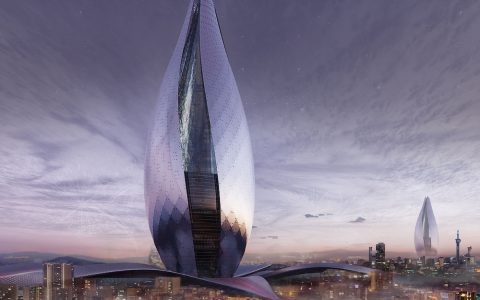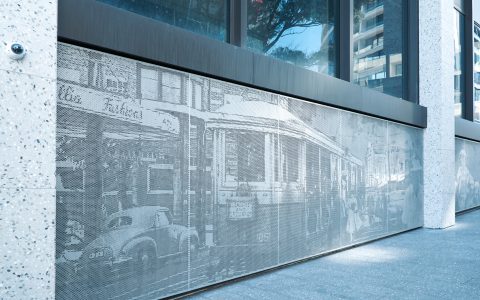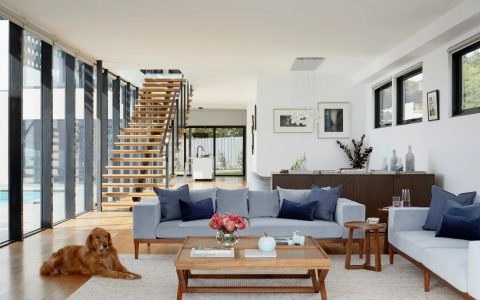Globally renowned conceptual skyscrapers push the boundaries of architecture, engineering, and sustainability. Below is a comparison focusing on unique, visionary tall building projects:
Groundbreaking Conceptual Skyscrapers
- The Mile (Tokyo, Japan): Proposed as a mile-high (1600m) vertical city by Takenaka Corporation. Its helix structure, using hollow concrete slabs for stability and wind resistance, aims to house residential, commercial, and green spaces, addressing urban density with integrated infrastructure.
- Shimizu TRY 2004 Mega-City Pyramid (Tokyo Bay, Japan): A massive hollow pyramid spanning Tokyo Bay using carbon nanotube frameworks. Designed to house thousands, it features internal environmental systems and transportation networks, though material science limitations remain a key challenge.
- Burj Mubarak al-Kabir (Kuwait): Proposed at 1001 meters, this symbol of Kuwaiti ambition features a twisting design inspired by Islamic patterns. Its tripartite structure emphasizes cultural identity alongside retail and hospitality functions.
Key Comparison Factors
- Height & Scale: The Mile (1600m) and Burj Mubarak al-Kabir (1001m) target super-tall supremacy. Shimizu's pyramid is unparalleled in sheer volume.
- Structural Innovation: The Mile's hollow slab helix counters wind/shear forces. Shimizu relies on ultra-strong nanomaterials. Kuwait's tower employs complex geometry for stability.
- Sustainability Integration: The Mile focuses on vertical city resource optimization. Shimizu envisions closed-loop environmental systems. All prioritize renewable energy and reduced footprint.
- Urban Impact: Projects like The Mile and Shimizu Pyramid tackle extreme urban densification. Burj Mubarak al-Kabir emphasizes symbolic national identity and economic diversification.
- Feasibility Challenges: The Mile requires breakthroughs in construction automation. Shimizu depends on unproven nanomaterials at scale. Kuwait's tower faces massive engineering and financing hurdles.
These projects illustrate conceptual skyscrapers as radical laboratories for future urban living, balancing ambitious vision with immense technical and economic obstacles.







